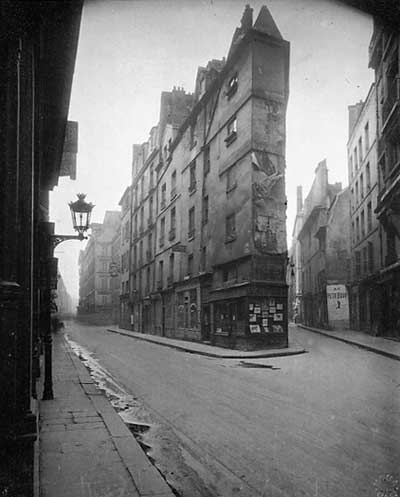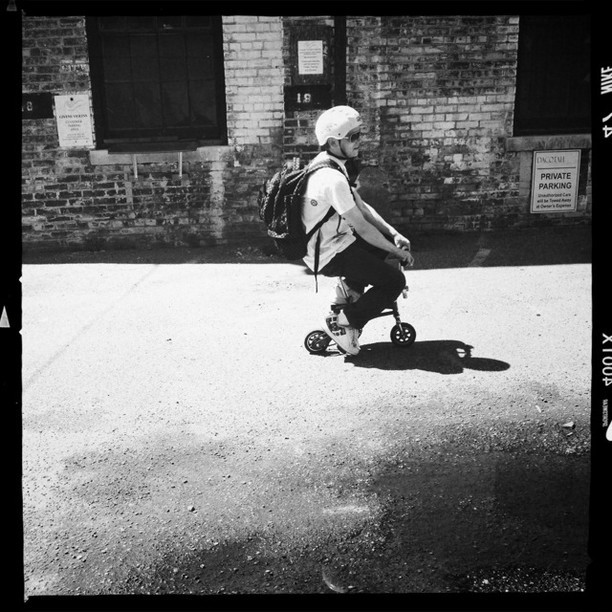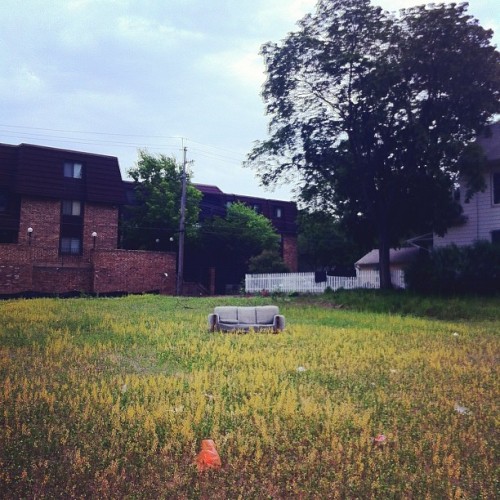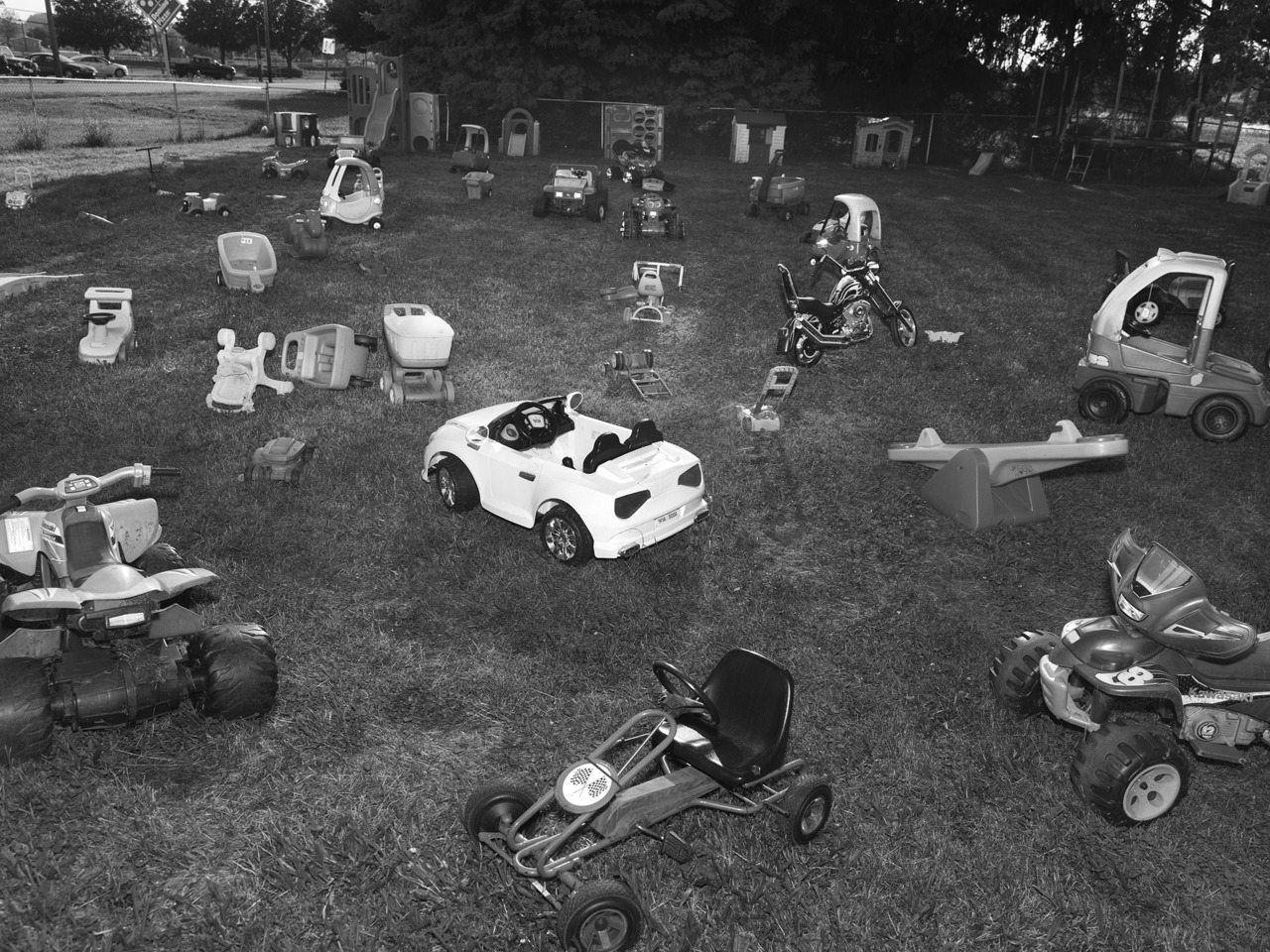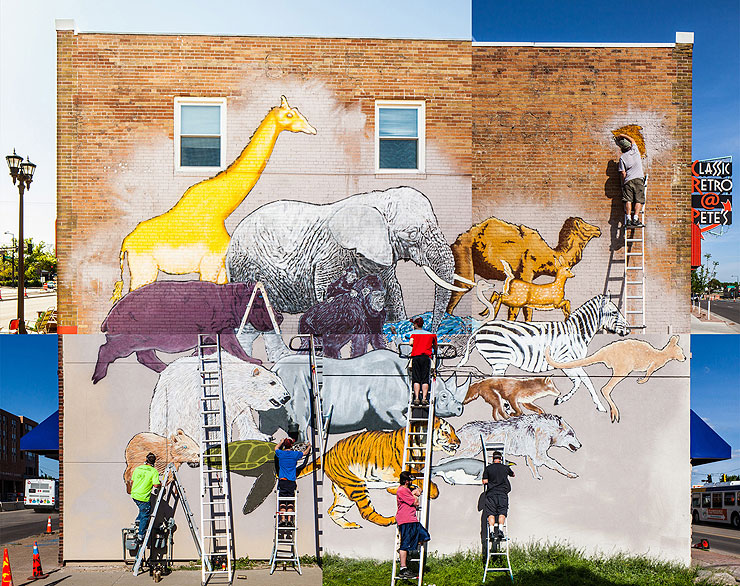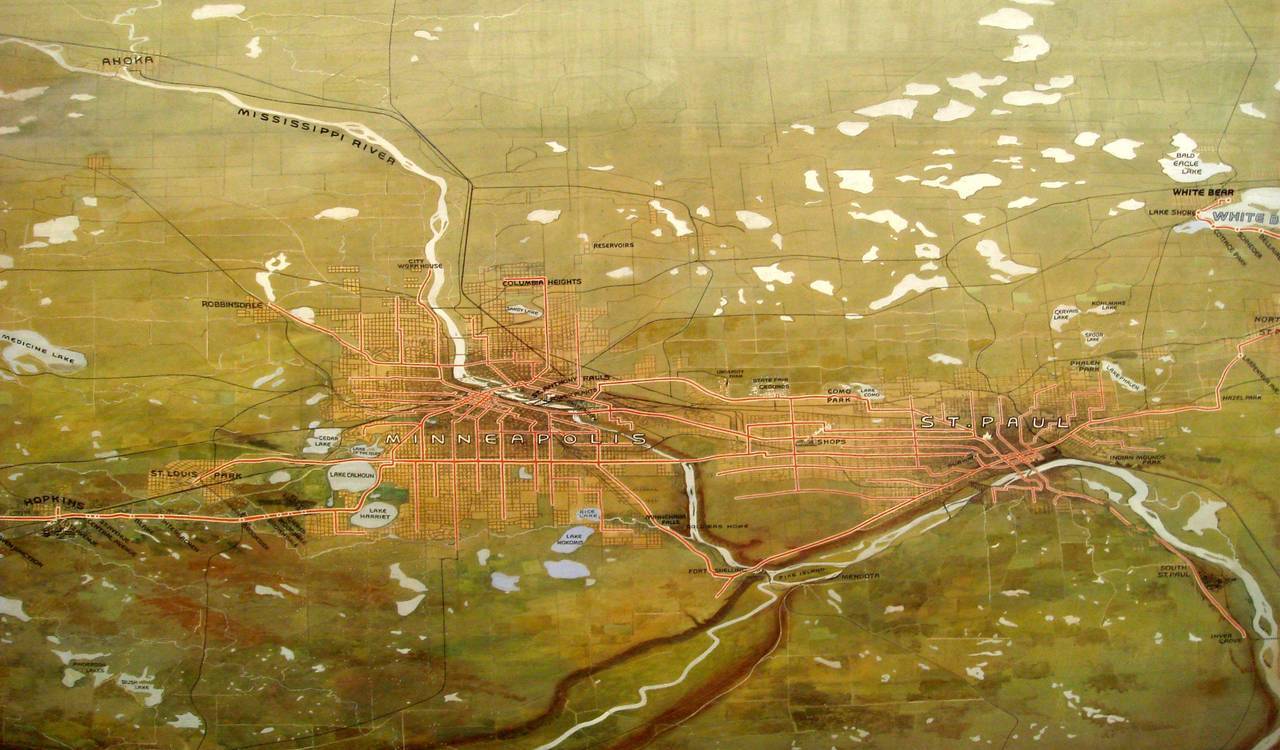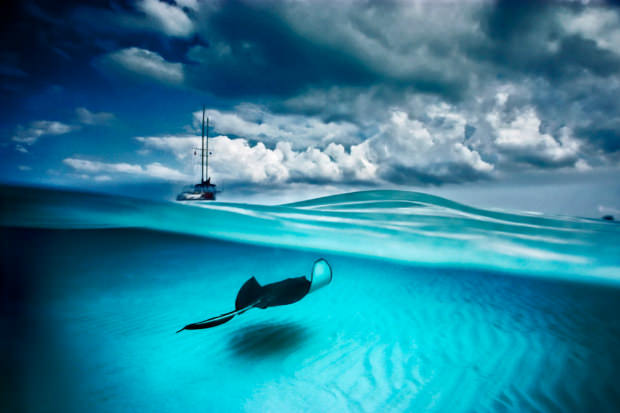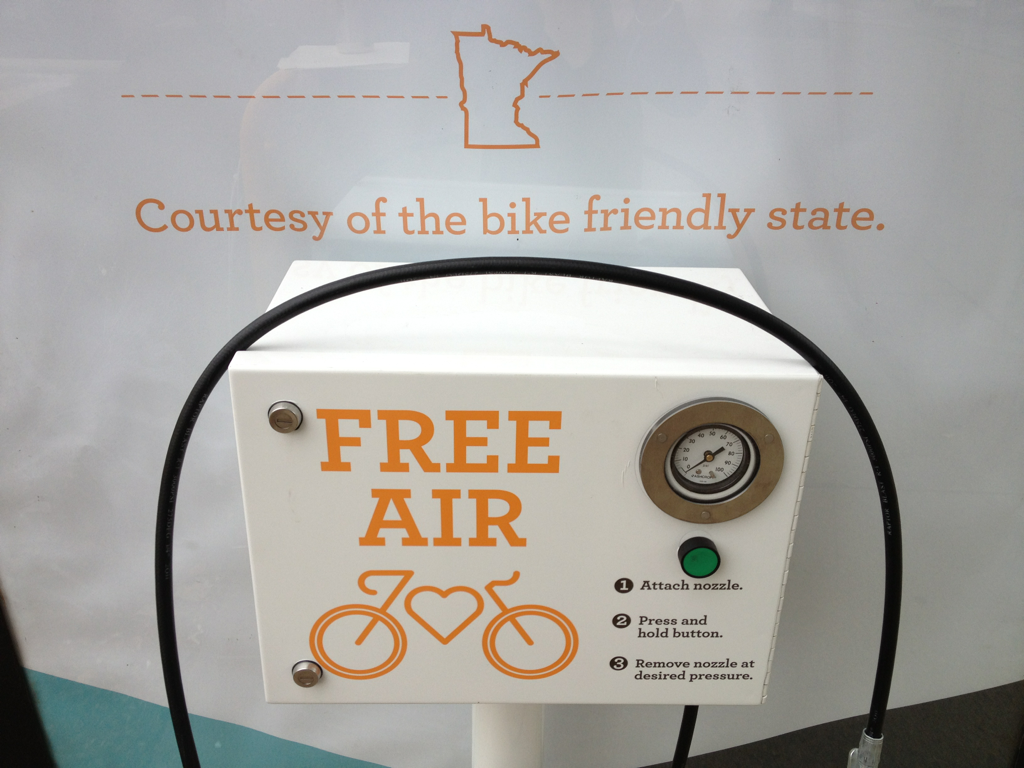 See, years ago I read a statistically sourced article that I can't find any more about different pulltab usage rates across different parts of the USA. Minnesota has far and away the highest rate of pulltab use per capita, blowing the other states out of the water when it comes to the pulling of those little tabs. But all that may be about to change...
See, years ago I read a statistically sourced article that I can't find any more about different pulltab usage rates across different parts of the USA. Minnesota has far and away the highest rate of pulltab use per capita, blowing the other states out of the water when it comes to the pulling of those little tabs. But all that may be about to change...See, there are many things wrong with the fiasco that is the Vikings stadium, and the passage of that bill will likely haunt Minneapolis for decades to come and go down as one of the big boondoggles of city history next to the Lake Street K Mart, the gateway project, and the downtown lock and dam. (Rybak's stadium will make Sayles-Belton's Block E pale in comparison.)
Next to the huge civic financial burden, complaining about pull tabs might seem trivial, but I’m going to do it anyway. Some of the stadium funding comes from a brand new source: electronic pulltabs.
What are electronic pull tabs? Well, nobody really knows because they don’t exist yet. But I’m going to hazard a guess and say that they’re going to be yet another electronic flashing screen, an iPad with a pulltab gambling app, sort of like a video slot machine that you can have in a bar. Electronic pulltabs will be mini-personal-casino things that fund billionaire owned professional sports that give people concussions. And that’s not even the problem with them.
The problem with them is that, apart from craps, paper pulltabs are one of the most honest, intimate, and social forms of gambling you can find in our society. Why are pull tabs beautiful? You can throw them on the ground like peanuts, or put them into those plastic baskets normally reserved for popcorn. Minnesota pulltabs are invariably staffed by a pull tab lady (sometimes a man) who sits behind a plexiglass booth reading a Nora Roberts novel looking uncannily serene like a statue of Buddha in a parking lot, dispensing fate and occasional advice with transcendent detachment. Pulltabs have stupid themes whch are pretty much meaningless because every winner has a huge stripe through it. Pulltabs have a neat texture and make a cool sound when the perforations unfurl.
At the bar in my neighborhood, there’s a special lucky plastic moose figurine that people take turns borrowing when they buy and pull a new batch of pulltabs. At the Lyndale VFW, people often stack their pulltabs into strange shapes that resemble the floating eye pyramid on the back of the $1 bill. Pulling pulltab tabs together builds community. Everyone gathers round the pulltab basket and shoots the breeze.
“Havin’ any luck?” they ask.
"Not yet," she said, pulling a tab.
“Win one?” said the guy across the room?
“Not really,” mutters the man.
 |
| [Soon, all this beauty will be but a faint memory.] |
And we’re going to replace all this with yet another flashing electronic screen, as if the smartphone epidemic isn’t doing enough to reduce social interaction to jump-cut muttering, as if our thirdspaces didn’t already induce mental seizures. For shame, Vikings stadium. For shame.
This is my promise to you, dear reader. The first electronic pulltab I see, I'm going to "accidentally" spill my Grain Belt all over it. Will you join me?
